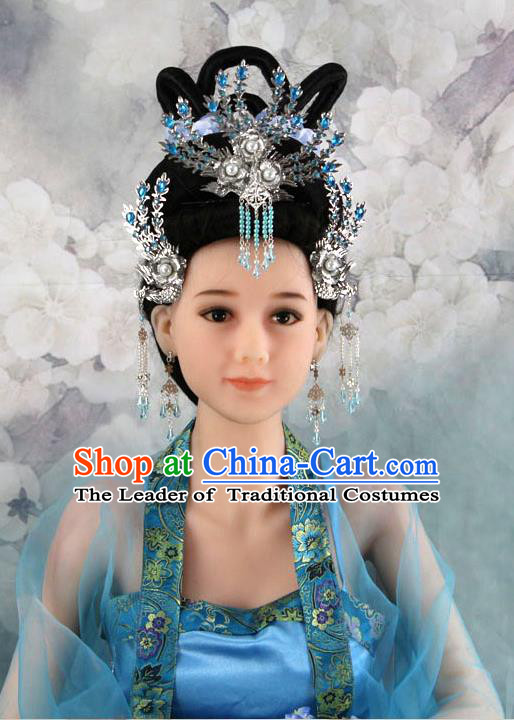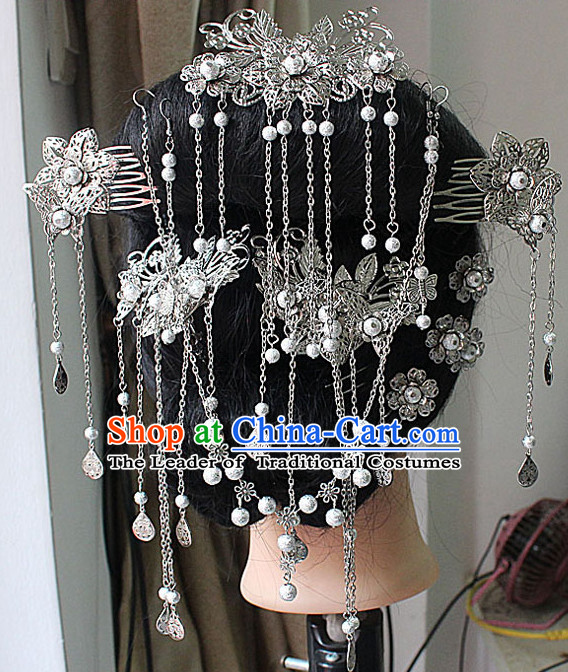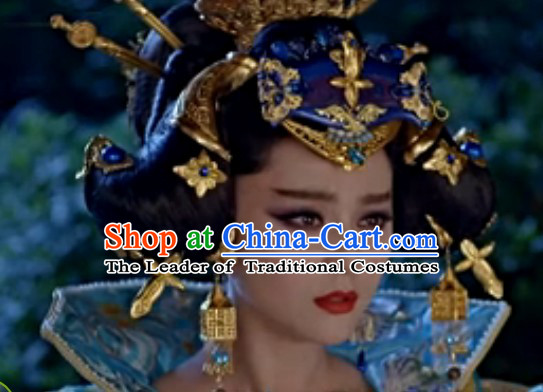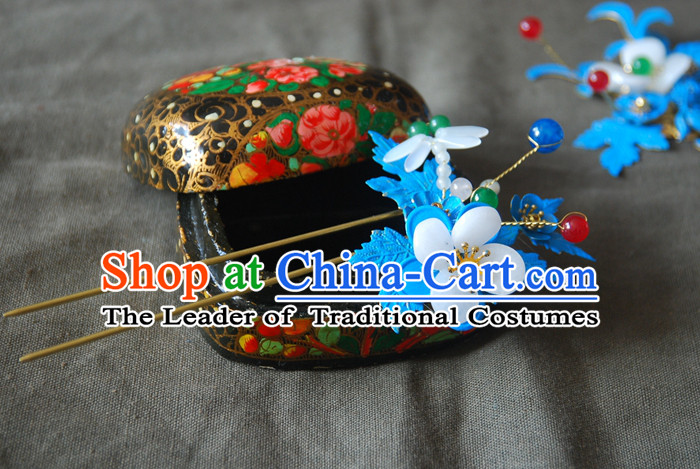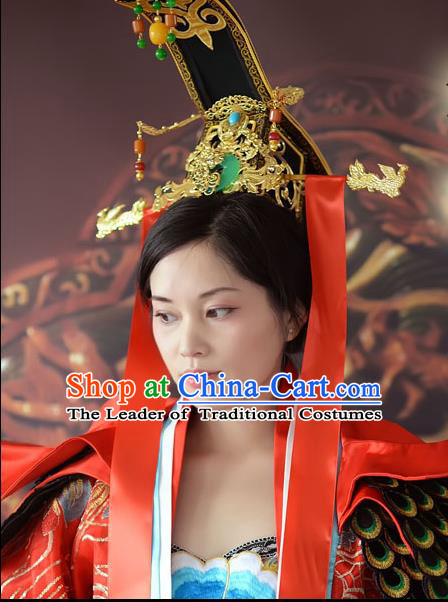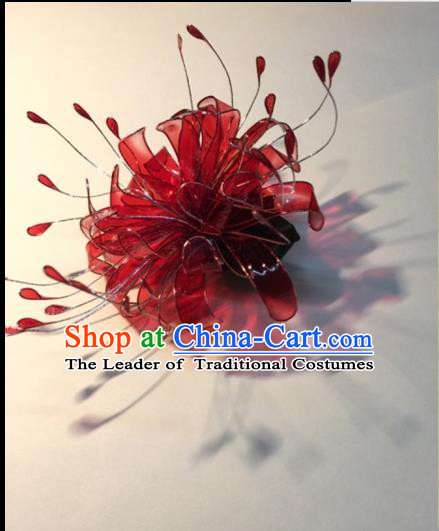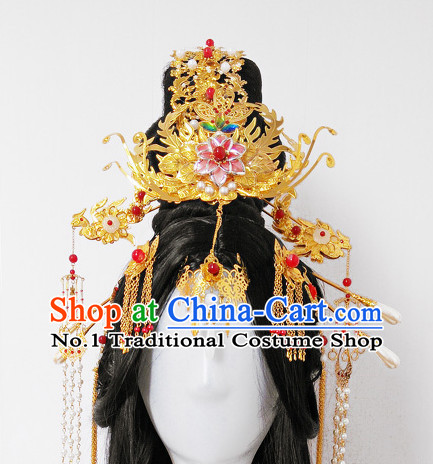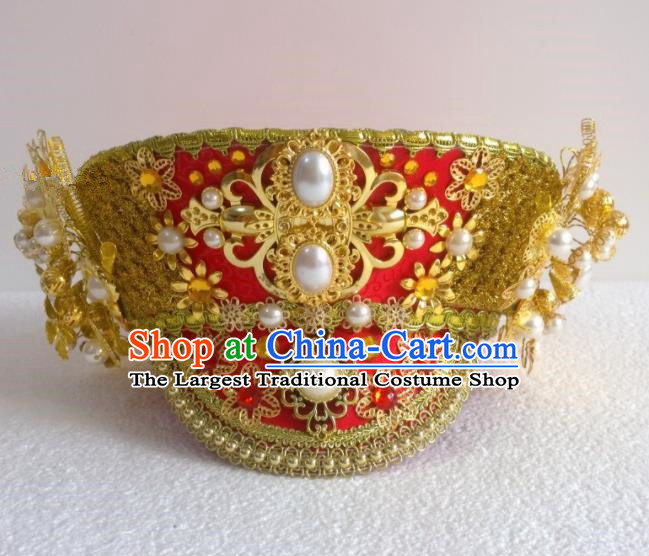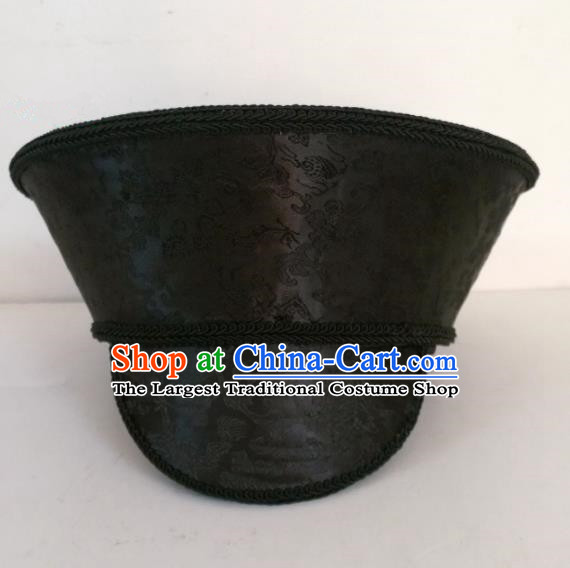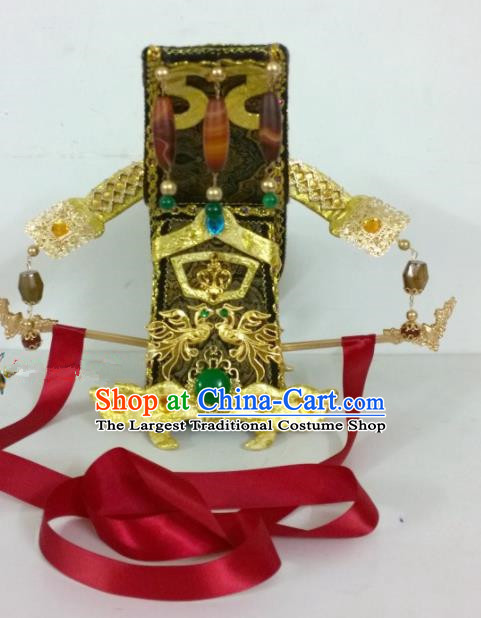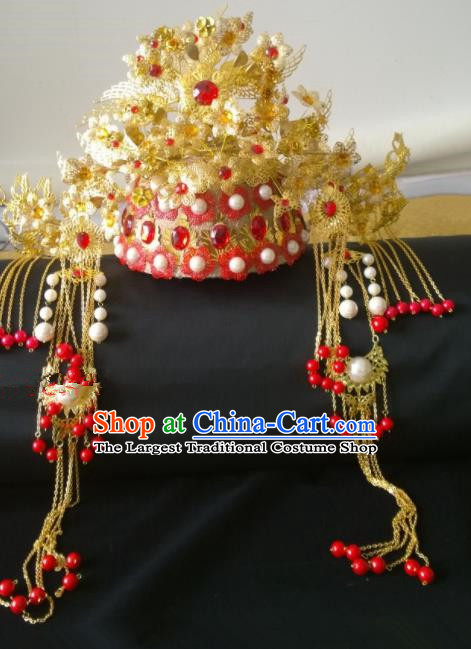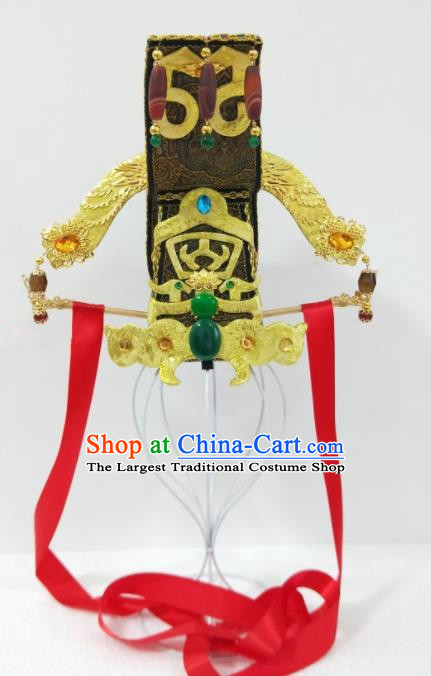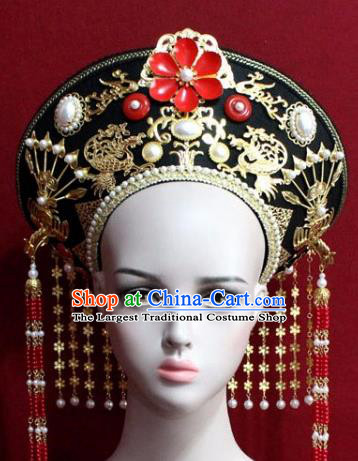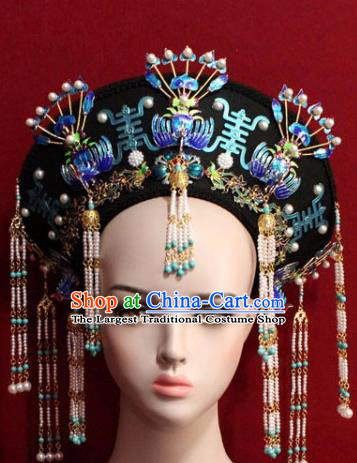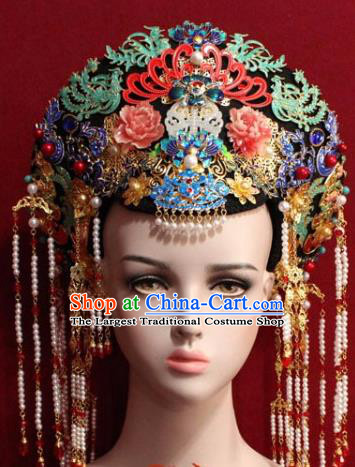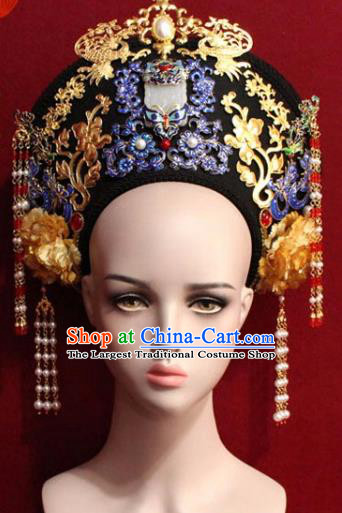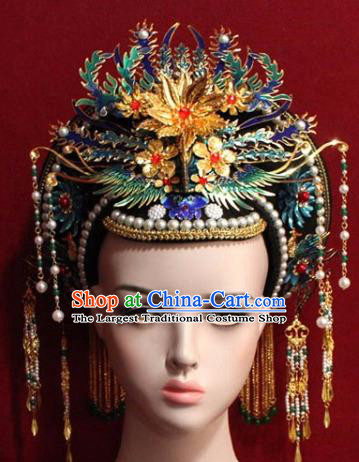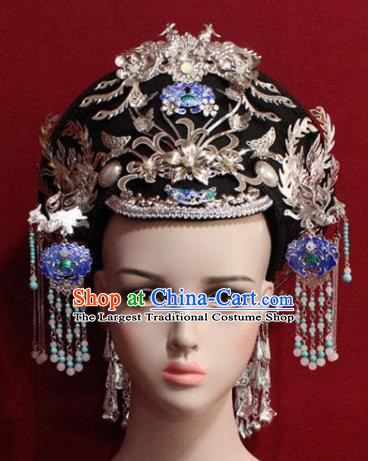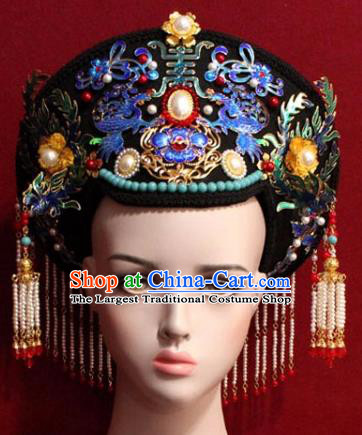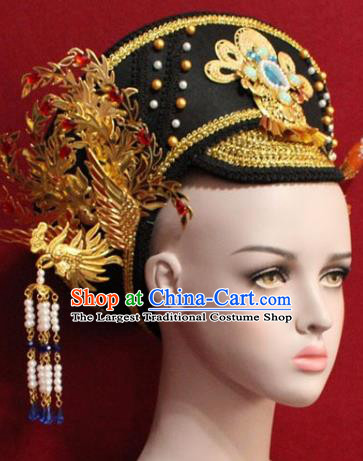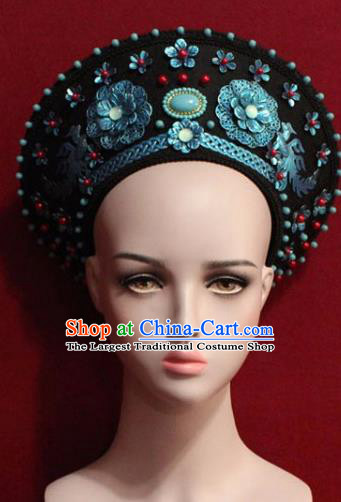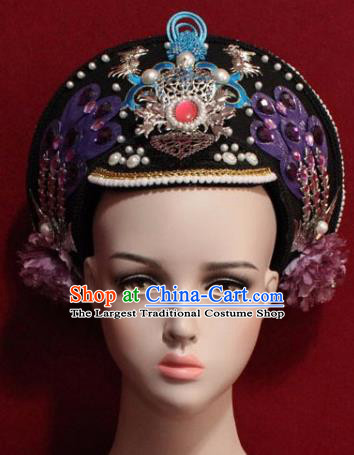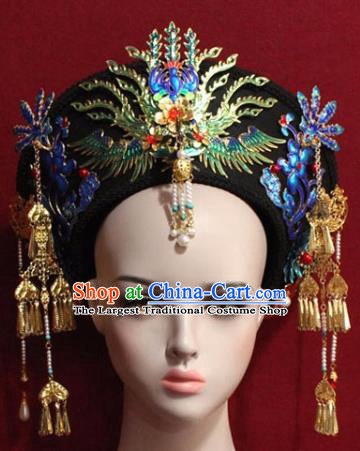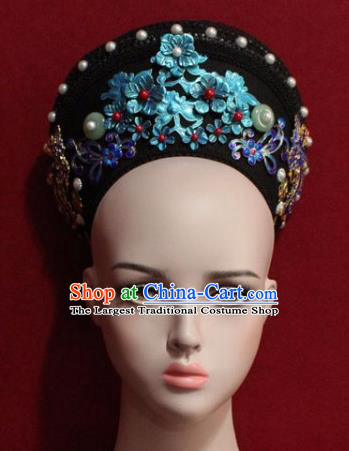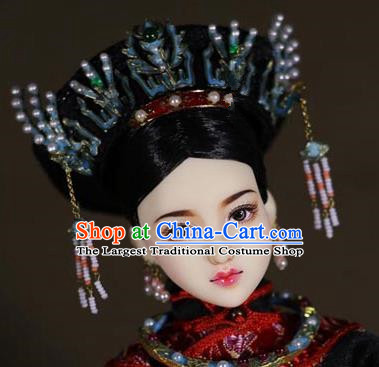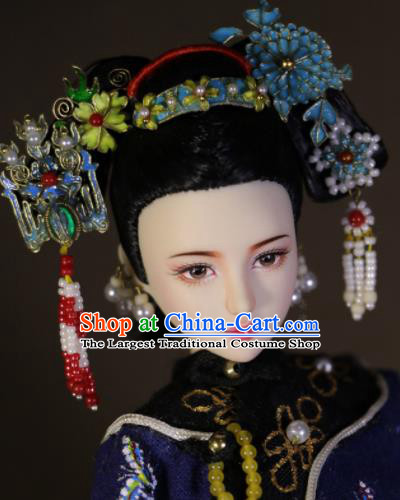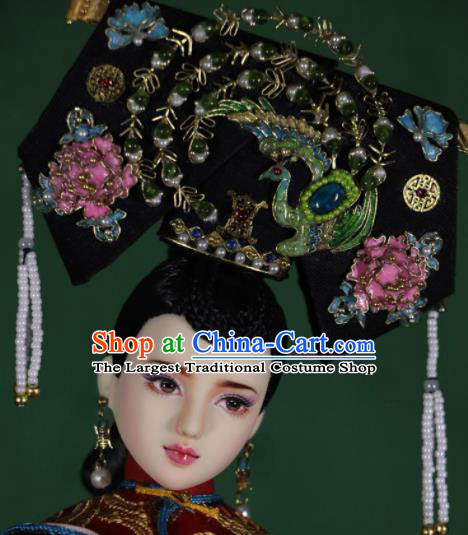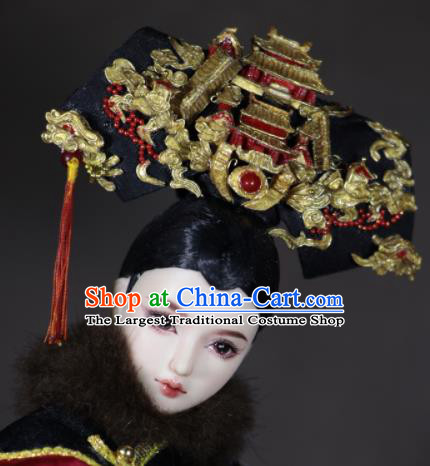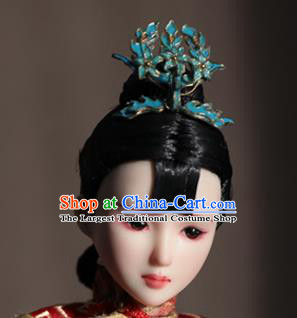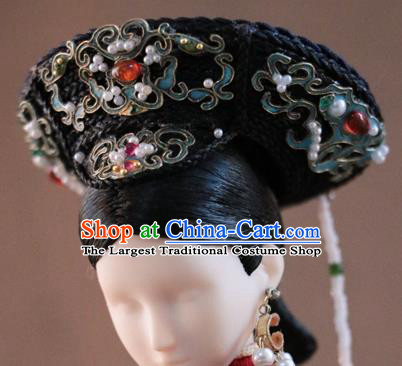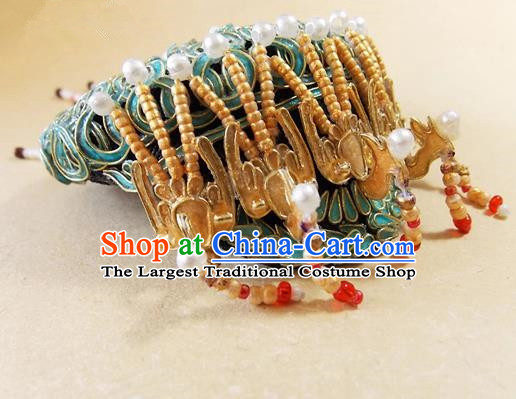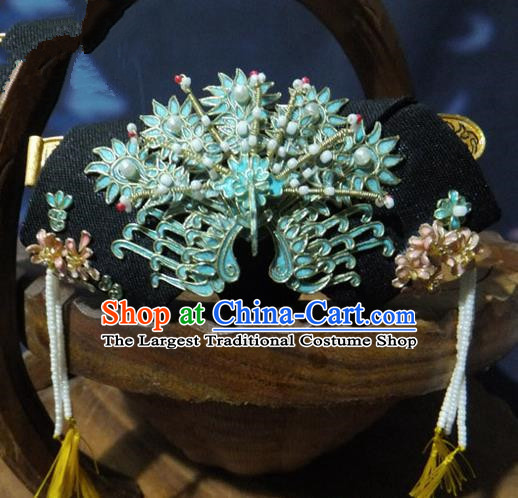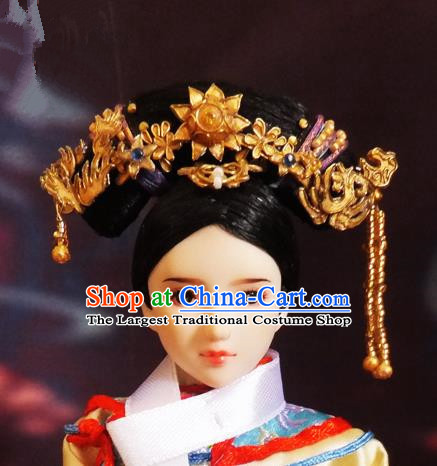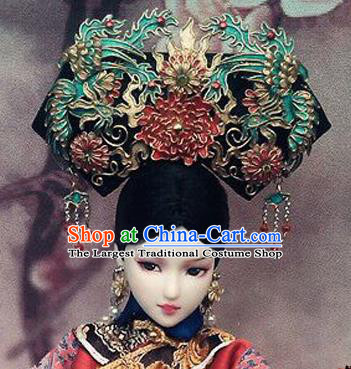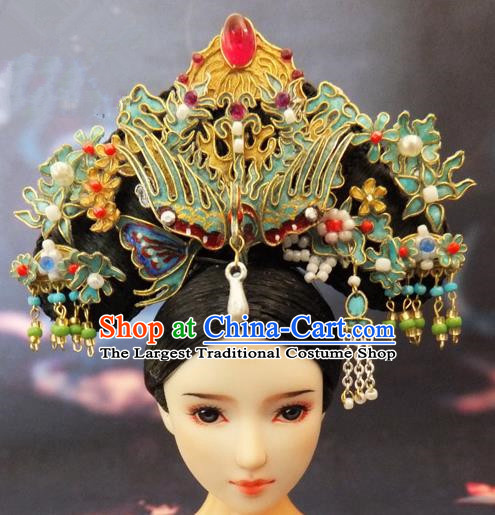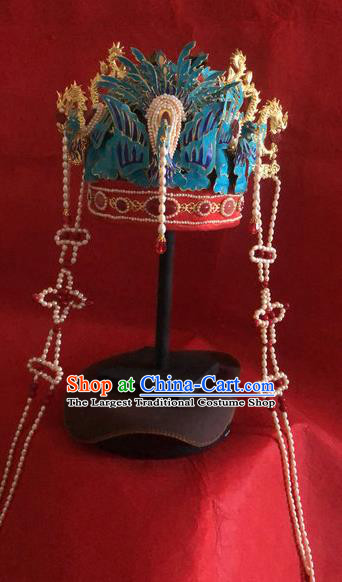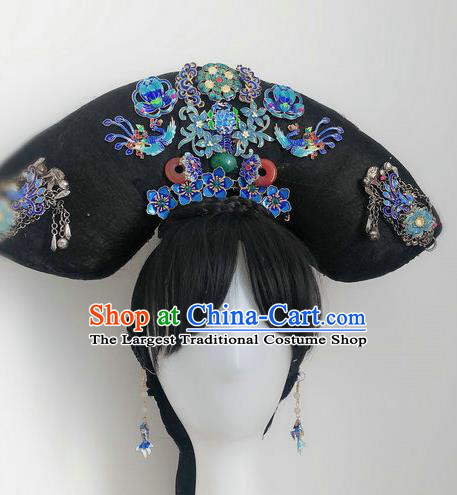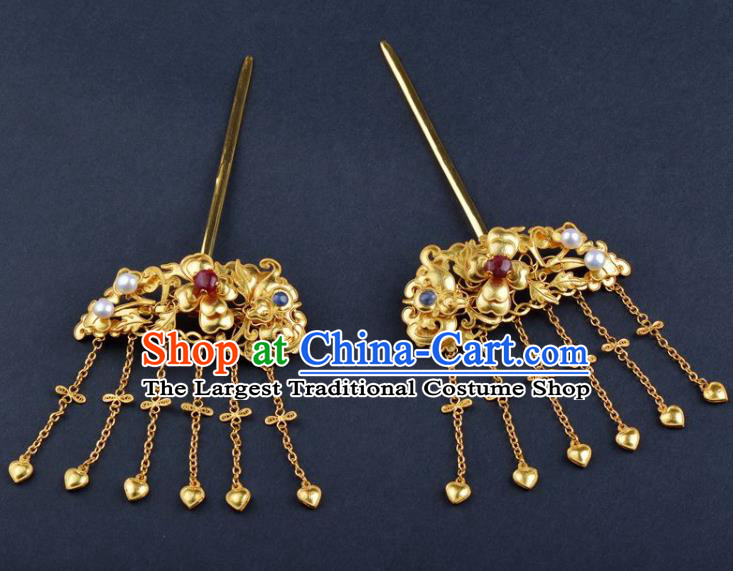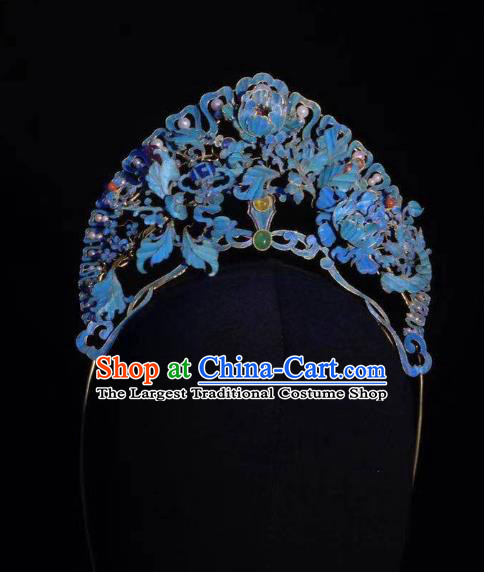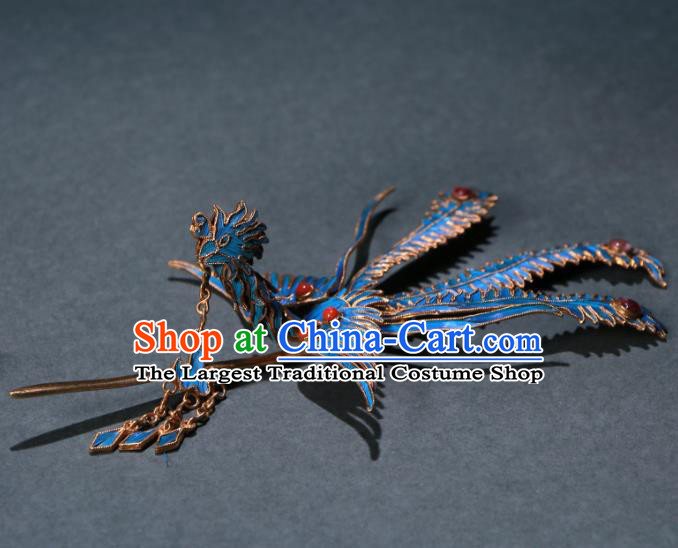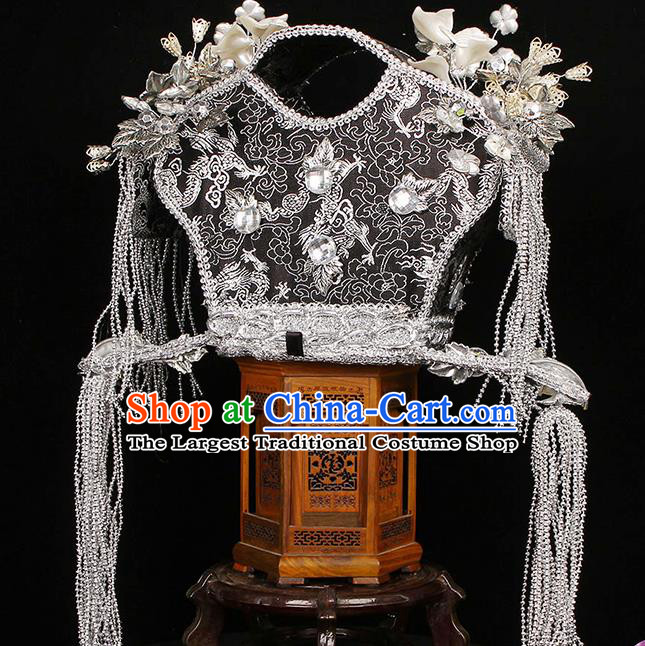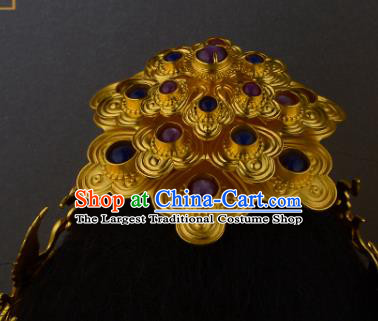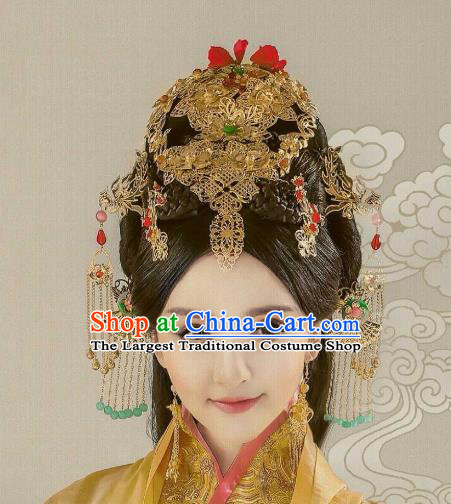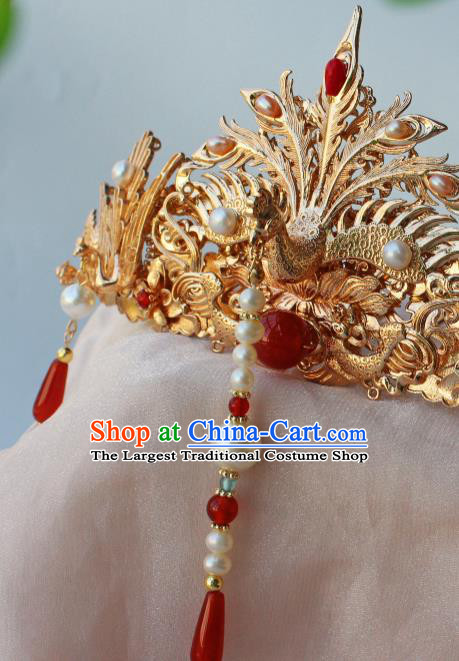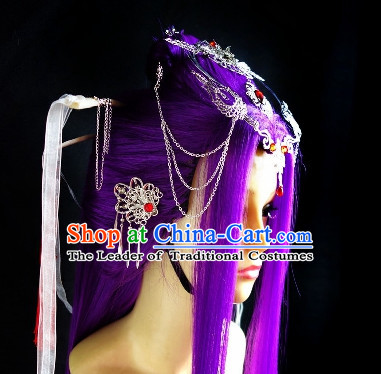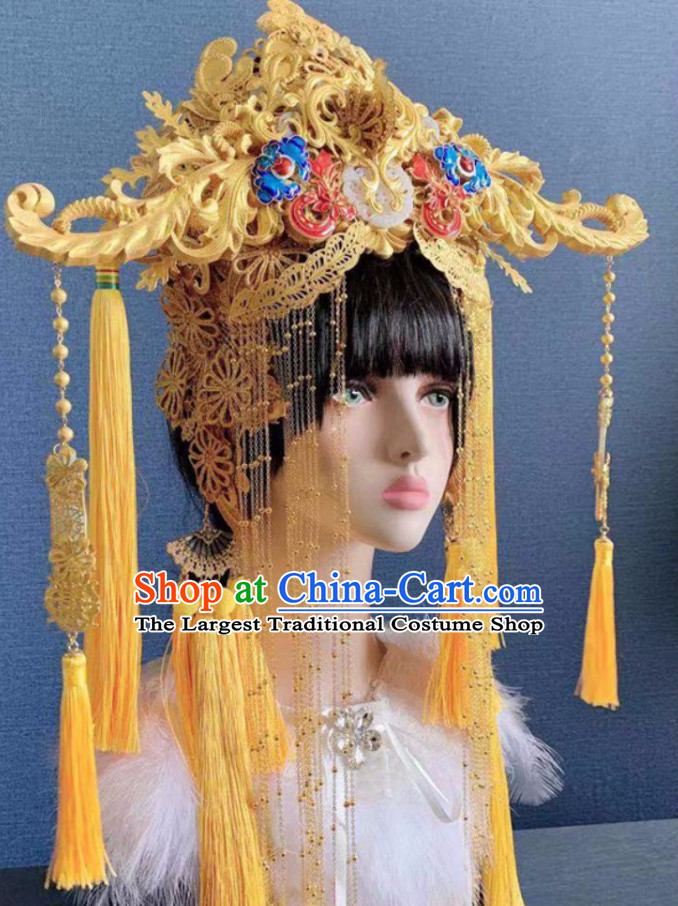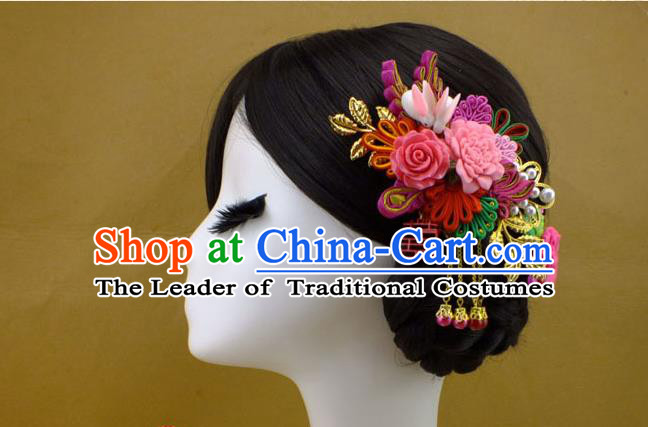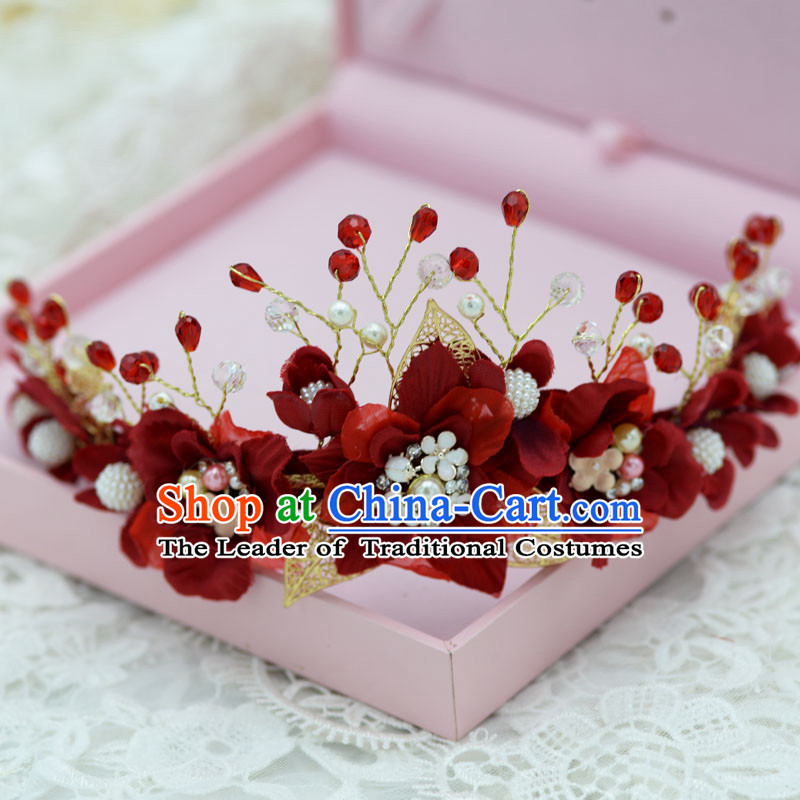
Click Related Pictures for More Audios:
The hair accessories of ancient Chinese empresses, princesses, and queens, including headwear, hairpins, and buns, are an important part of ancient Chinese culture.
These hair accessories not only have aesthetic value but also reflect the social status, power, and fashion trends of the time.
They are usually made of metals such as gold, silver, or copper and decorated with pearls, gemstones, and other precious materials.
In ancient China, the status of empresses, princesses, and queens was very important because they played a crucial role in political and social life.
Therefore, their hair accessories must reflect their status and power.
For example, the empress usually wears golden headwear, symbolizing her noble status and royal bloodline.
Princesses may wear lighter and more delicate headwear to show their elegance and beauty.
In addition to being a symbol of identity, ancient Chinese hair accessories also have religious significance.
Many hair accessories have specific patterns and symbols that represent good luck, happiness, and prosperity.
For example, the dragon is a symbol of good fortune in traditional Chinese culture, so many hair accessories can be seen with images of dragons.
In addition, some hair accessories have special functions, such as protecting the head from evil forces.
In conclusion, the hair accessories of ancient Chinese empresses, princesses, and queens are an indispensable part of their cultural heritage.
They not only have aesthetic value but also reflect the social status, power, and fashion trends of the time.
By studying the design and production techniques of these hair accessories, we can better understand the richness and diversity of ancient Chinese culture.







